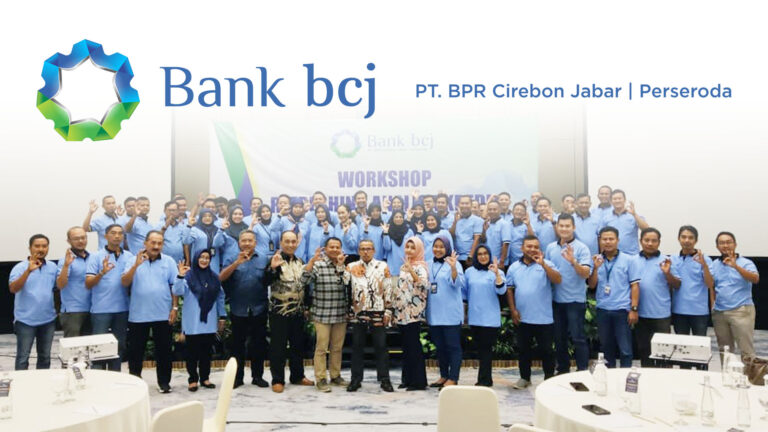Bangkok — Thailand has long been celebrated as the “Land of Smiles,” a nickname that captures the country’s reputation for warmth, hospitality, and cultural charm. Visitors often remark on the genuine friendliness of Thai people, whose smiles are woven into daily life and social interaction.
The origins of this phrase date back centuries, with foreign travelers describing the “Yim Siam” (ยิ้มสยาม) — the Thai smile — in travelogues during the Ayutthaya period (14th–18th centuries). Unlike in many cultures where a smile is reserved for happiness, in Thailand it carries multiple meanings: respect, politeness, patience, and even subtle ways of diffusing tension. This reflects the Buddhist emphasis on calmness, compassion, and harmony in social life.
Modern observers note that Thailand’s smiles are not merely symbolic but form part of a national identity and soft power strategy. The nickname has been embraced in tourism campaigns, reinforcing Thailand’s image as a welcoming destination. From bustling Bangkok streets to rural villages, the smile remains a universal gesture that bridges cultural differences and reassures visitors.
Interestingly, the smile in Thailand can also serve practical social functions. It may mask discomfort, disagreement, or even frustration, aligning with the cultural concept of “greng jai” — the desire to avoid conflict or burdening others. This nuanced use of smiling highlights Thailand’s unique approach to communication, where harmony is prioritized over confrontation.
The enduring label “Land of Smiles” has helped Thailand build a global reputation for hospitality, making it one of the most visited countries in Asia. For locals, however, the smile is more than a tourist slogan — it is a living cultural code that reflects resilience, adaptability, and the Thai way of life.









